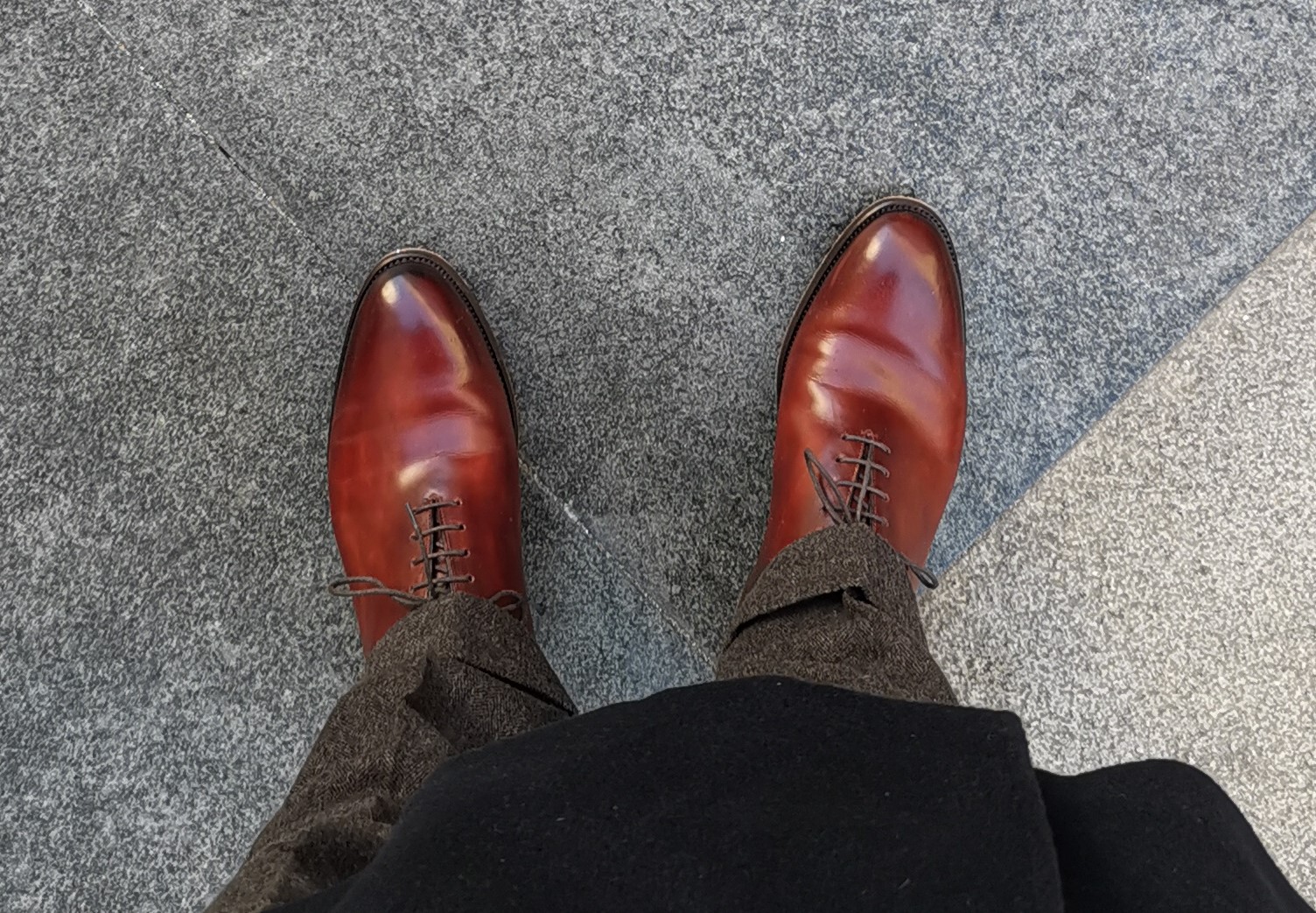Wholecut Oxford was invented by Berluti, or to be precise, by Berluti’s founder, Italian Alessandro Berluti, in 1895.
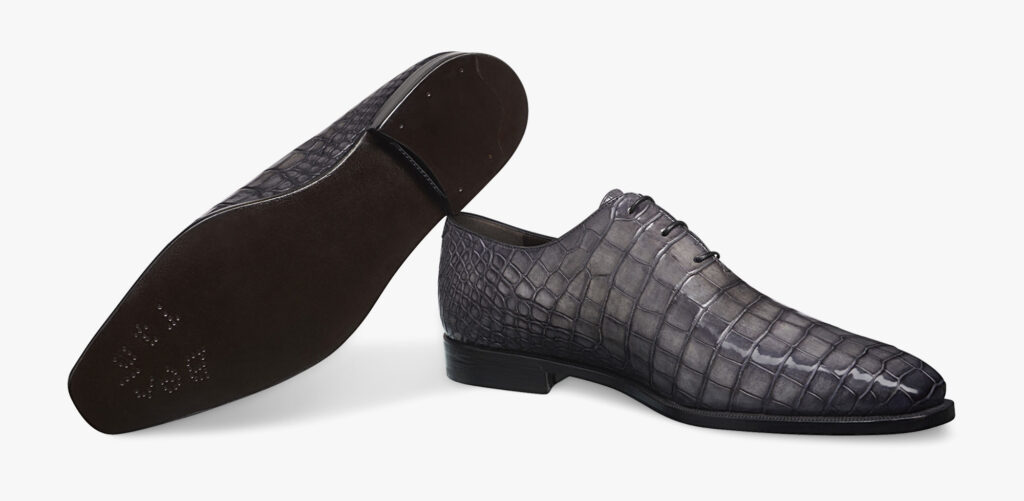
If Berluti has made two great contributions to the history of the world’s high-end dress shoes, it is, by far, the wholecut model and the art of patina pioneered by Olga Berluti.

Although this model existed more than a hundred years ago, it has always existed only in the highest end of the field. 2000 later, and even after 2010, this model began to be popularized.
Today, you can find wholecut oxford almost from any shoemaker.
Carmina 910 is a good example.
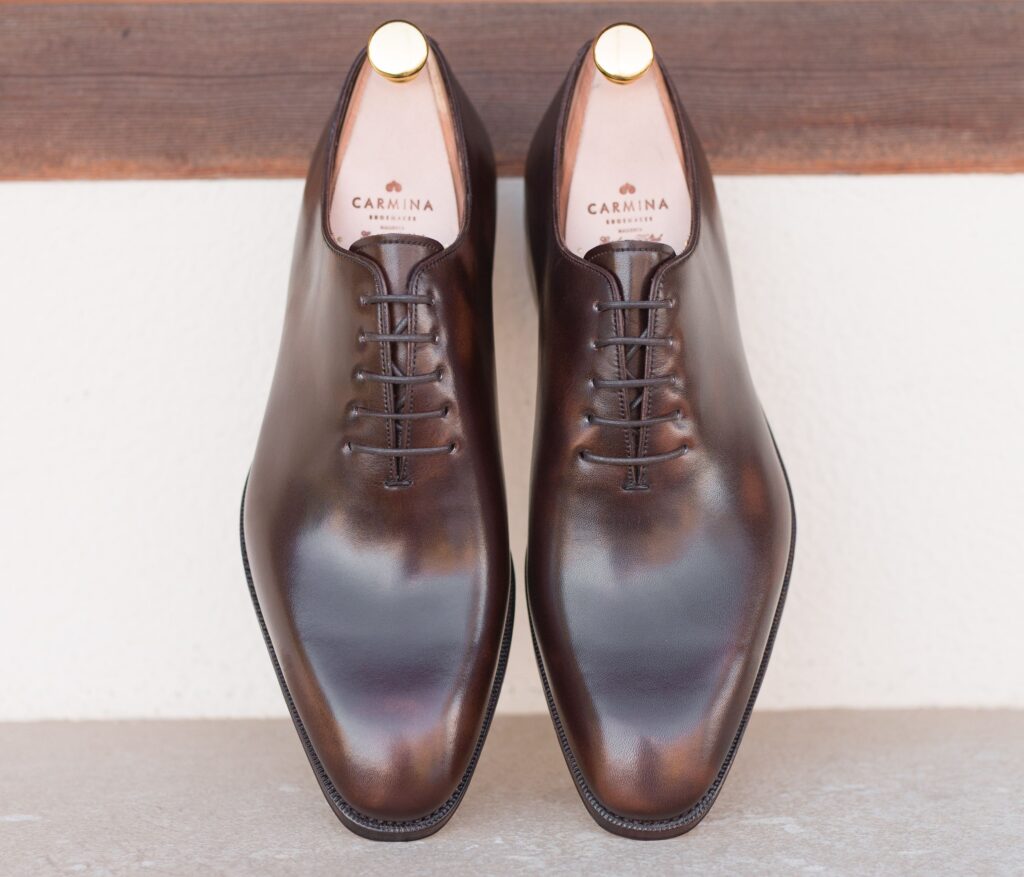
Carlos Santos Francis has its own flavor.
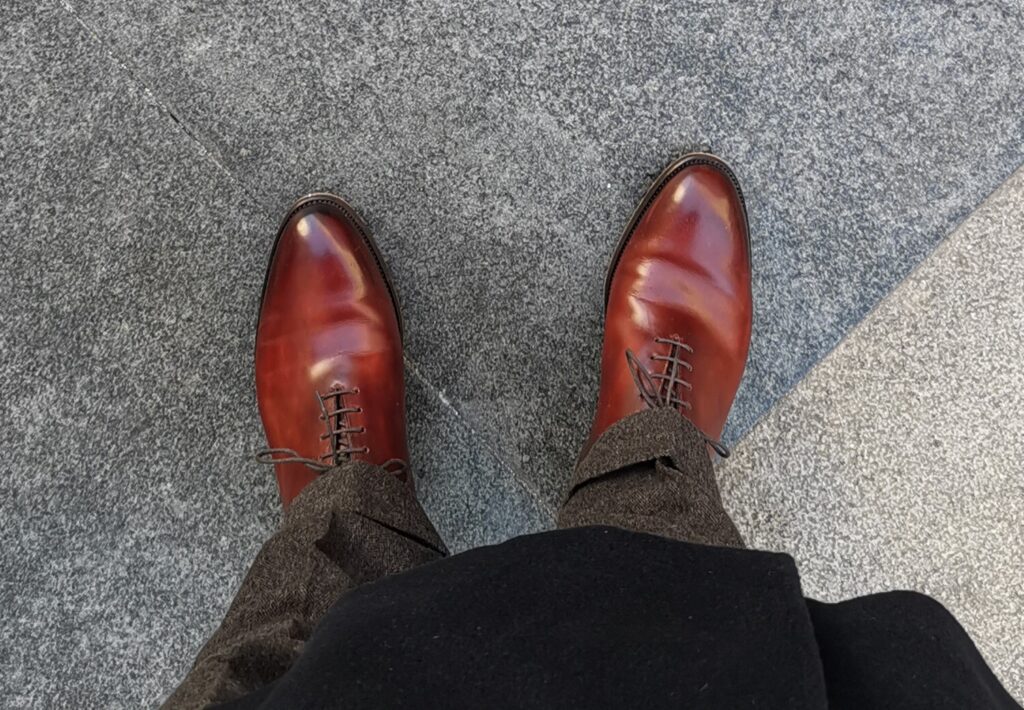
Going back to the name of this model, the vast majority of brands opt for Wholecut. A whole piece of leather that is just open where the heel is and stitched together at the back.
There are also brands that use the word Onecut, mostly French brands like J.M. Weston, and Altan Bottier, perhaps to show that they are not copying Berluti.
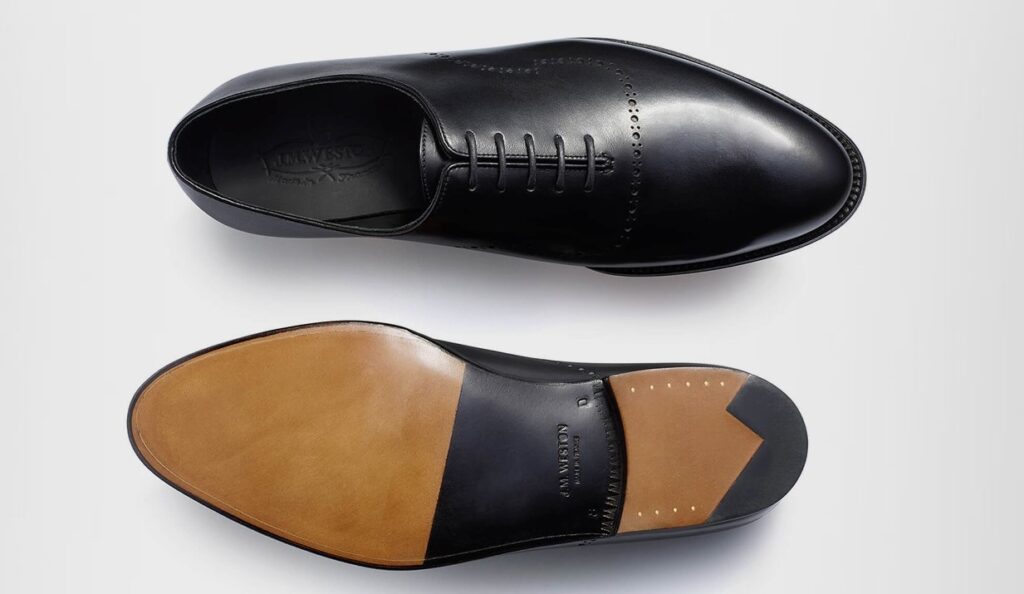
There’s nothing wrong with cutting once, a piece of skin, and basically everyone reading this will feel like they can understand it.
Next, Genuine one-piece comes out.
The term that everyone recognizes, is Seamless, that means there are no stitches in the heel at all.
One of the better known Chinese shoemaker good at making seamless wholecut is LU Yang, while one of the better known world class shoemaker is Austrian Alexandru Maftei.

Enzo Bonafe and Antonio Meccariello both offered this model via MTO.
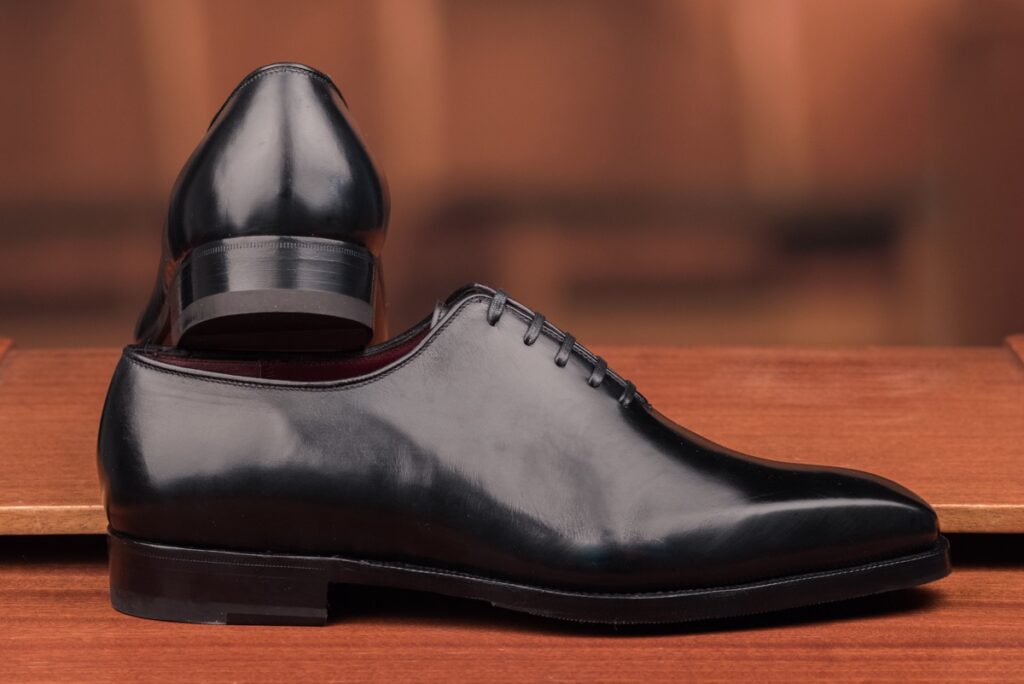
Berluti also has seamless wholecut which launched in 2018, naming it Zero Cut, well, from one to none, so true! The one piece also got the name No Cut One Piece.
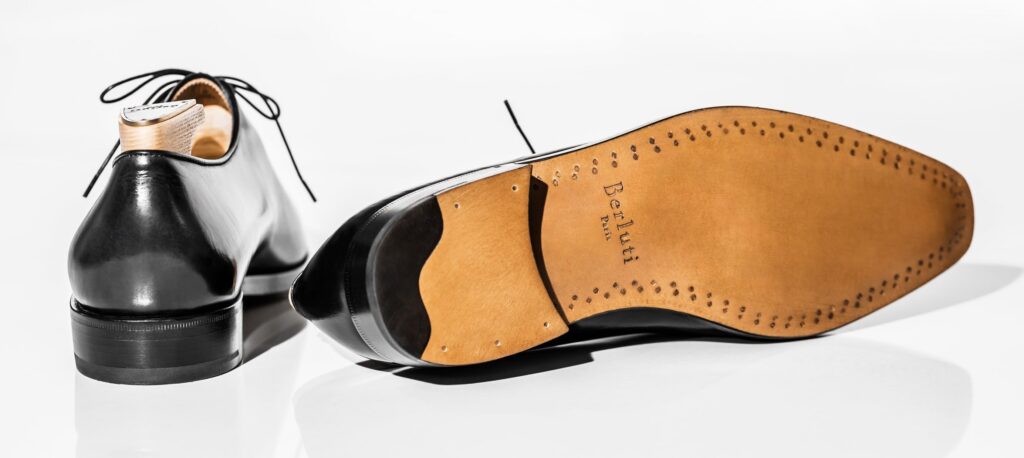
Summary
This post is a little explanation for the name, so that in the future, when you see Wholecut, Onecut, ZeroCut, and Seamless, you’ll be able to tell what style the shoe is and where the level of craftsmanship is.

